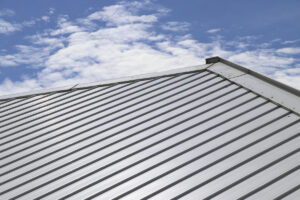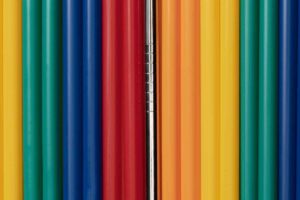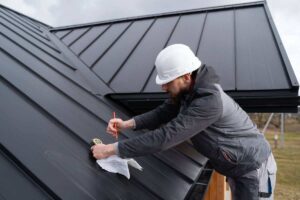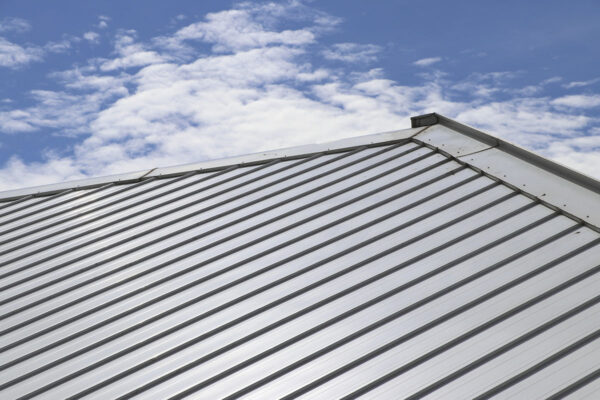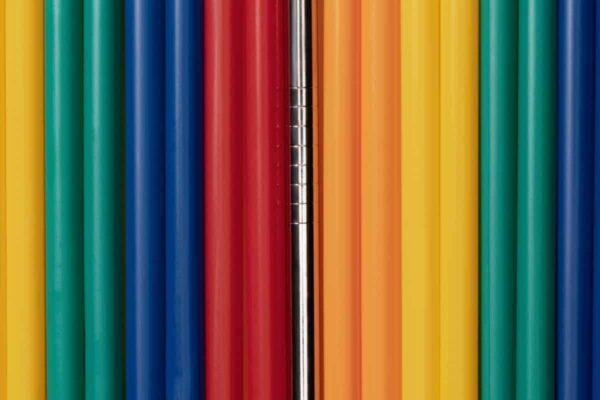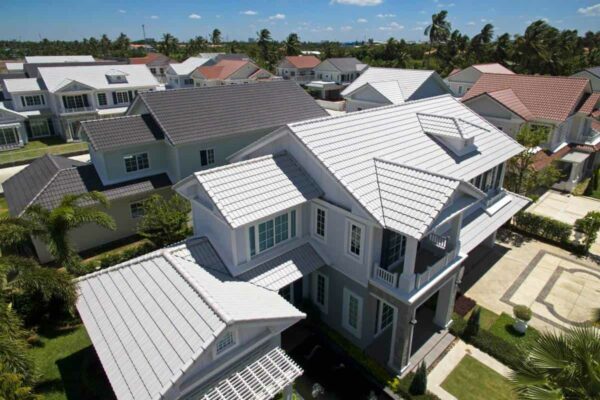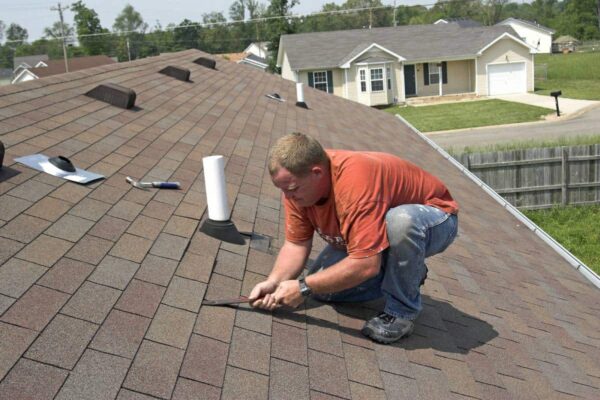When it comes to roofing options for your home or commercial building, the type of shingle you choose can have a significant impact on its durability, longevity, and overall aesthetic appeal. In this comprehensive guide, we will delve into the key differences between these two popular asphalt shingle variations, highlighting their respective strengths and weaknesses.
By the end of this article, you will have an in-depth understanding of which option suits your specific needs best – ensuring that your roof remains steadfast against natural elements while enhancing the visual allure of your property. So, let’s embark on this enlightening journey through the world of roofing materials as we explore The Difference Between 30-year and 20-year Shingles.
Differences in Cost
One important factor to consider when choosing between 30-year and 20-year shingles is the difference in cost. Generally, it is expected that 30-year shingles will be more expensive compared to their 20-year counterparts. This higher price tag can be attributed to the higher quality materials used for manufacturing the longer-lasting shingles.
The increased durability of 30-year shingles also contributes to their higher cost. These shingles are designed to withstand harsh weather conditions, such as strong winds and heavy rain or snowfall, without significant damage. On the other hand, while still durable, 20-year shingles may not offer the same level of resistance and longevity.
While it may seem tempting to opt for less expensive 20-year shingles initially due to lower costs, it’s essential to consider long-term value. Investing in a roof with a longer lifespan can save you money in future maintenance and replacement costs. If you plan on staying in your home or owning your commercial building for an extended period, the extra expense of 30-year shingles might be worth it for their added protection and peace of mind.
Durability & Lifespan
Durability is an essential factor to consider when choosing between 30-year and 20-year shingles. Generally, 30-year shingles are designed to have a longer lifespan and higher durability compared to 20-year shingles. This is due to the thicker composition of the materials used in their construction, making them better equipped to withstand severe weather conditions such as strong winds, heavy rainfall, and hailstorms.
In terms of lifespan, it’s important to note that while both options indicate the number of years they can be expected to last, these figures are approximate estimates based on ideal circumstances. Factors such as climate, proper installation techniques, maintenance practices, and exposure levels may affect how long the shingles actually last. That being said, it can be reasonably assumed that a roof with 30-year shingles will likely have a longer lifespan compared to one with 20-year shingles.
It is worth noting that although 30-year shingles offer superior durability and longevity over their 20-year counterparts, they also come at a higher price point. Therefore, it’s crucial for homeowners or building owners to weigh their budget against their desired level of durability when making a decision about which option best suits their needs and preferences. Ultimately hiring trained professionals in roofing installations ensures you receive quality workmanship regardless of your choice.
Installation Process
The installation process for 30-year and 20-year shingles is relatively similar, with a few key differences. Both types of shingles are typically made from asphalt and are installed by professional roofers. The first step in the installation process involves removing any existing roofing materials and preparing the surface by applying an underlayment or moisture barrier.
Once the surface is ready, the shingles are then laid out in overlapping rows starting from the bottom edge of the roof. Roofing nails are used to secure each shingle into place, ensuring a tight fit and preventing any water leakage. Depending on your specific climate conditions, additional steps such as adding insulation or ventilation may be included to enhance energy efficiency.
While both 30-year and 20-year shingles have their own unique features, it’s important to note that proper installation plays a crucial role in maximizing their lifespan. Hiring experienced professionals ensures that every aspect of the installation process is carried out correctly, from properly aligning each individual shingle to effectively sealing all gaps and edges. By investing in quality installation services, you can ensure that your new roof will provide long-lasting protection for years to come.
Maintenance Requirements
Maintenance requirements are an important consideration when choosing between 30-year and 20-year shingles. While both options offer reliable durability and protection for your roof, the longer lifespan of 30-year shingles often translates to reduced maintenance needs. These high-quality asphalt shingles are designed to withstand harsh weather conditions, such as heavy rain, strong winds, and extreme temperatures.
In contrast, 20-year shingles may require more frequent inspections and maintenance due to their shorter lifespan. Regular check-ups are necessary to detect any signs of damage or wear that could compromise the integrity of the roof. Additionally, periodic cleaning may be required to prevent the buildup of debris or algae that can negatively impact the appearance and performance of these less durable shingle types.
Investing in 30-year shingles can provide peace of mind concerning maintenance concerns over a long period. With regular inspections conducted by professionals who specialize in roofing services, minimal repairs will likely suffice during those three decades. Nonetheless, regardless of which option you choose – responsible homeownership dictates prioritizing routine checks on your roof’s condition as part of its ongoing care plan.
20-Year vs. 30-Year Shingles: Which Are Right for You?
The choice between 30-year and 20-year shingles ultimately depends on your specific needs and priorities. Both options have their own set of strengths and weaknesses that should be carefully considered before making a decision.
If durability and longevity are at the top of your list, then 30-year shingles may be the better option for you. With a longer lifespan, these shingles can provide added protection against harsh weather conditions and potential damage over time. However, it’s important to note that this increased durability often comes with a higher initial cost.
On the other hand, if budget is a major factor for you, 20-year shingles might be more suitable. While they do not offer the same level of longevity as their 30-year counterparts, they can still provide protection for most homes or commercial buildings. Additionally, because they are generally less expensive to install, they offer a more cost-effective solution for those on tighter budgets.
Ultimately, whether you choose 30-year or 20-year shingles will depend on weighing these factors against your personal preferences and financial situation. By understanding the distinct characteristics and benefits of each option, you can make an informed decision that suits your specific needs best – ensuring peace of mind when it comes to protecting your home or commercial building.


